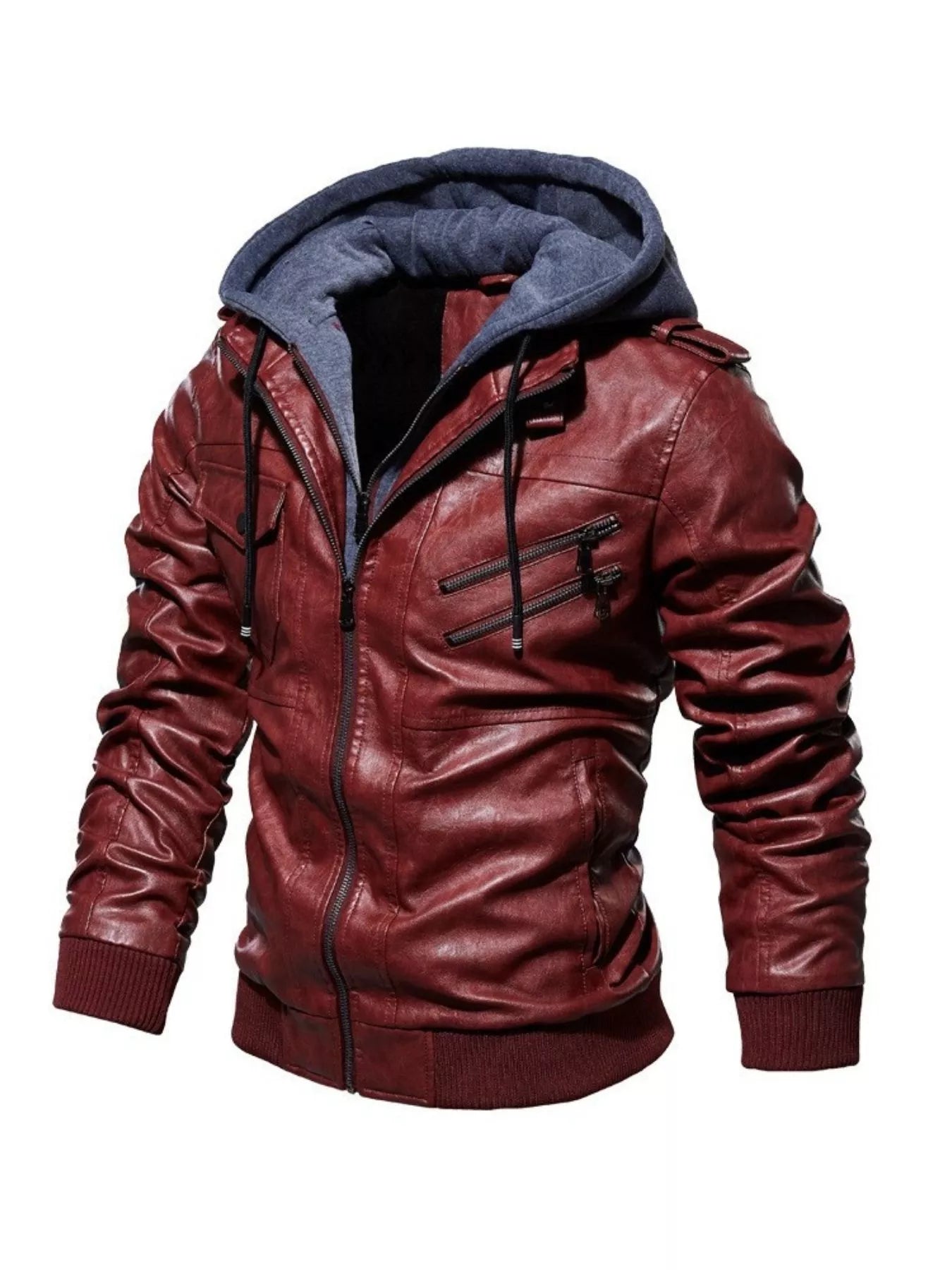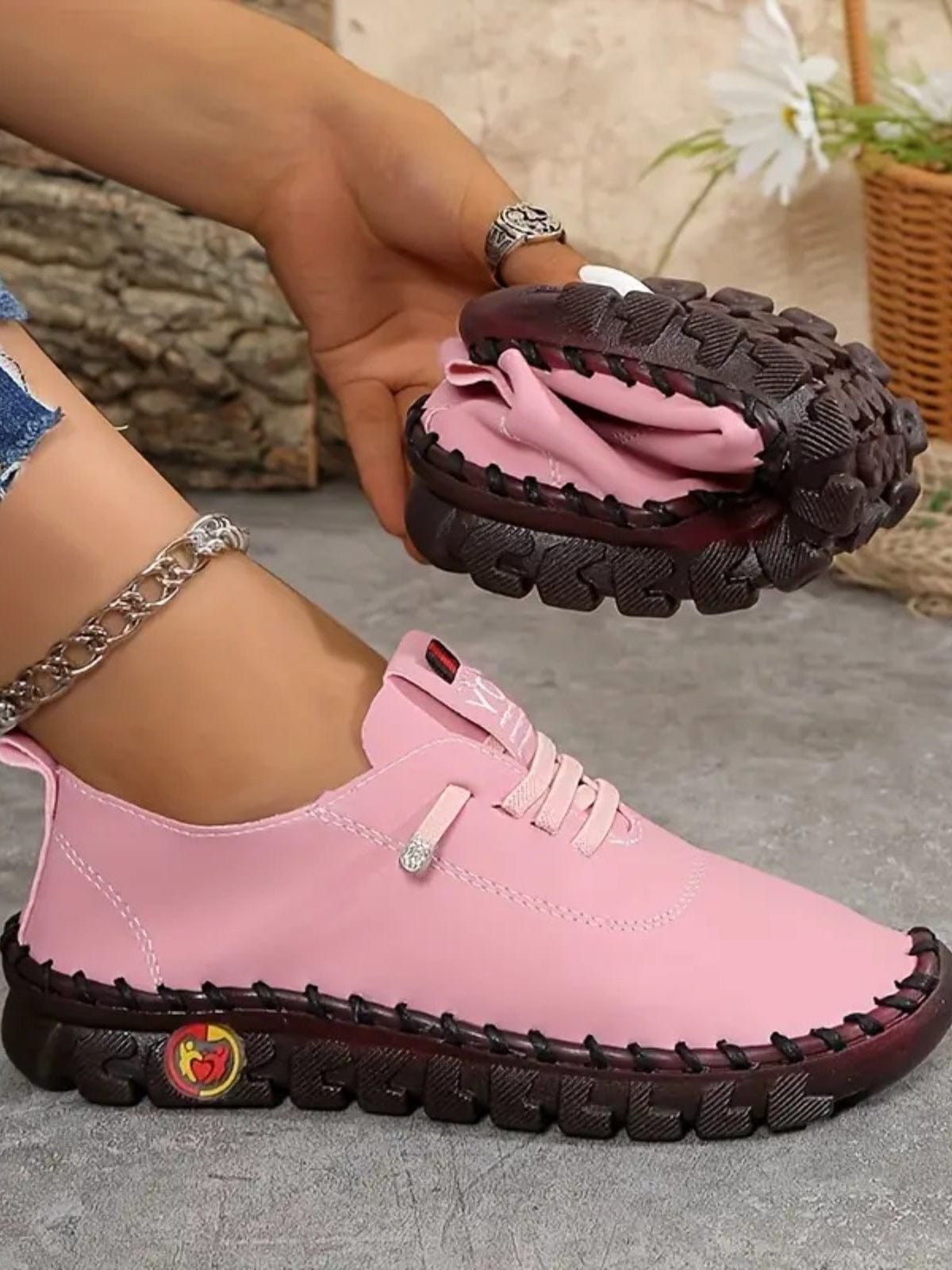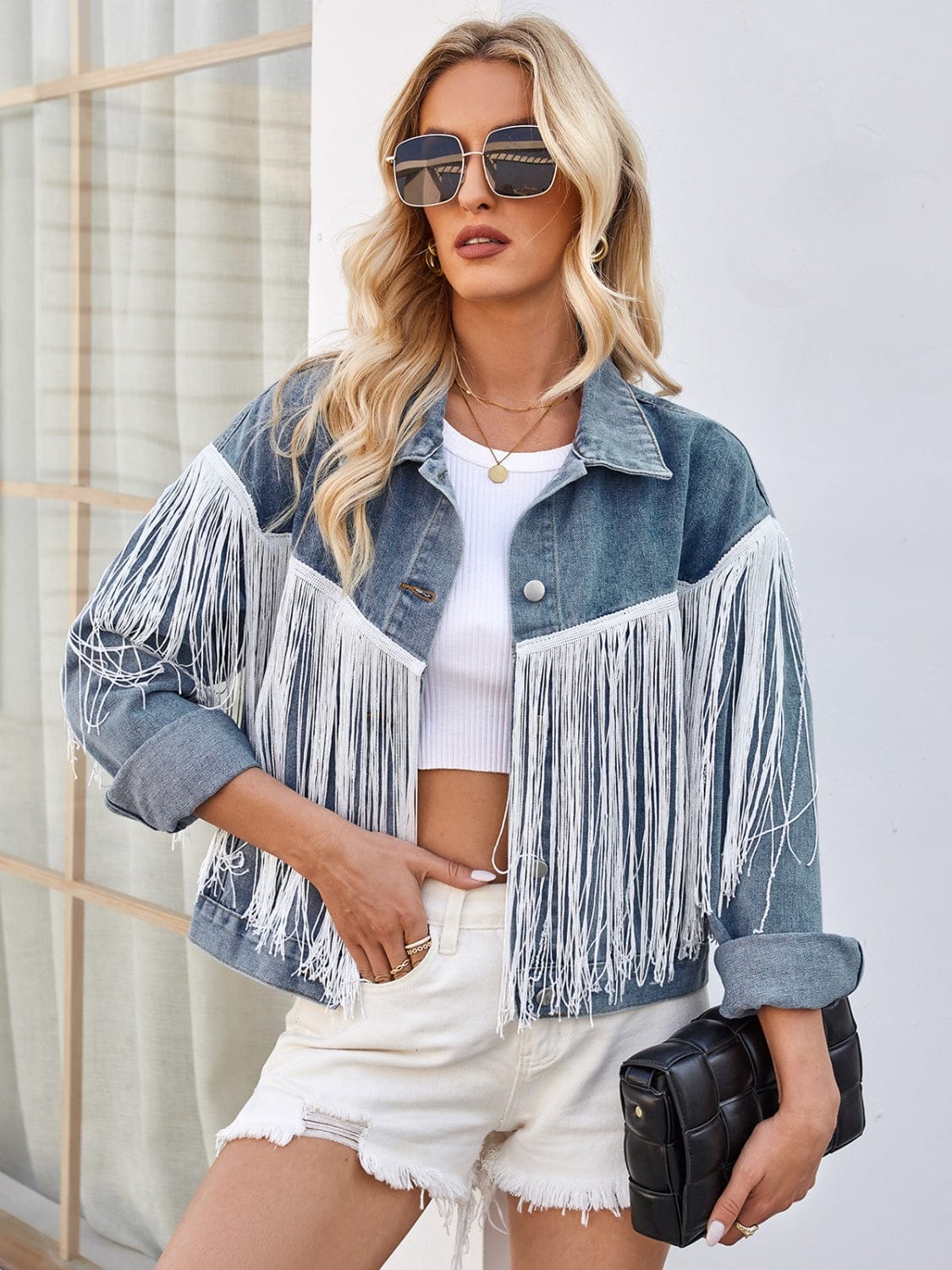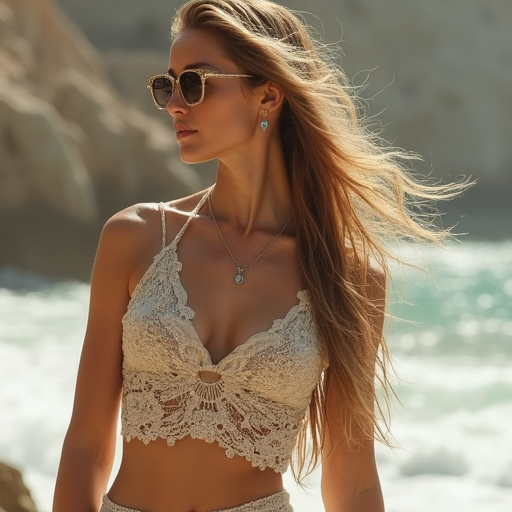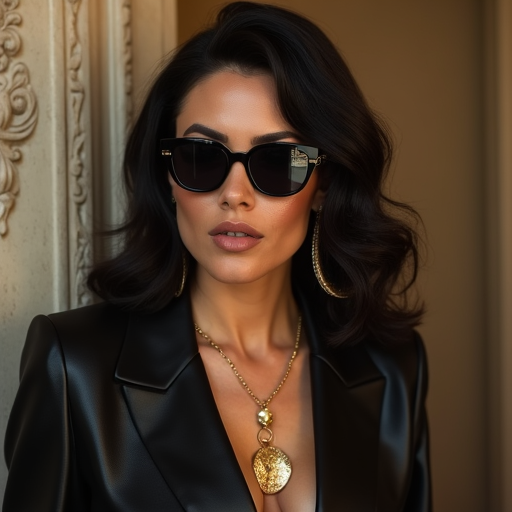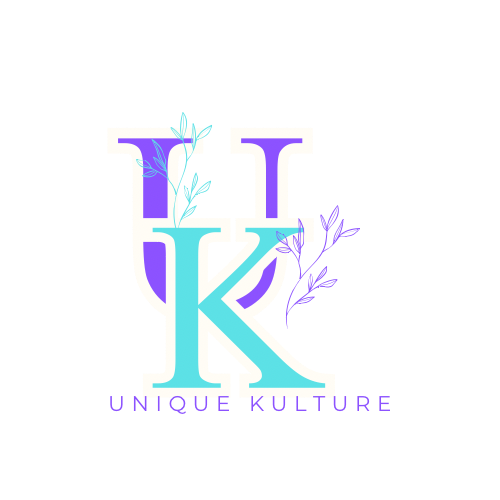
Fashion has long been a medium for expressing identity, and recently, the focus has shifted towards embracing diversity and transcending limitations. Welcome the era of queer fashion and nonbinary style, where inclusive clothing and gender-fluid fashion are transforming the industry. From androgynous designs to gender-neutral fashion, the landscape is evolving to honor individuality and authenticity. This movement transcends clothing; it is a vibrant culture propelled by the LGBTQ+ community, championing body positivity and the principle that clothes have no gender. Join us in exploring how fashion for all is reshaping perceptions, advocating for nonbinary pride, and inviting everyone to express their true selves with confidence and flair.
Embracing Queer Fashion
Queer fashion is redefining the industry, challenging conventions and celebrating diversity. This section delves into the movement’s history and recognizes its iconic figures.
Unpacking the Queer Fashion Movement
Queer fashion transcends mere clothing; it is a profound form of self-expression and identity. This movement defies traditional gender norms in fashion, opening up avenues for diverse stylistic expressions.
At its essence, queer fashion embraces fluidity and rejects binary constraints. It is about wearing what feels genuine, irrespective of societal expectations.
Rooted in LGBTQ+ history, the movement has evolved from a necessity and form of resistance to a celebrated art form and act of activism. Today, it influences mainstream fashion, pushing boundaries and promoting inclusivity.
Nonbinary style icons spearhead fashion innovation, dismantling barriers and inspiring millions. These pioneers spotlight the beauty of gender-neutral fashion.
Notable figures include:
-
Alok Vaid-Menon: Poet and performance artist renowned for vibrant, gender-nonconforming appearances.
-
Tilda Swinton: Actor celebrated for androgynous red carpet looks.
-
Ruby Rose: Model and actor known for seamlessly blending masculine and feminine elements.
Their influence extends beyond fashion, fostering acceptance and raising visibility for nonbinary individuals globally.
As gender norms dissolve, the fashion world is undergoing a revolution, paving the way for more inclusive and diverse styles.
The Rise of Gender-Fluid Fashion
Gender-fluid fashion is gaining momentum, blurring the distinctions between traditional men's and women's clothing. This trend mirrors a broader societal shift toward gender inclusivity.
Designers are creating collections that transcend binary categories, emphasizing fit, comfort, and personal style over gender-specific norms.
Key elements of gender-fluid fashion include:
-
Oversized silhouettes
-
Neutral color palettes
-
Mix-and-match versatility
-
Androgynous accessories
This approach enables individuals to express themselves freely, unbound by conventional gender expectations in clothing.
Inclusive clothing is transforming the industry, ensuring fashion truly accommodates all body types, abilities, and gender identities. This movement extends beyond size diversity, embracing a holistic approach to inclusivity.
Key aspects of inclusive fashion include:
-
Adaptive clothing for people with disabilities
-
Size-inclusive ranges that extend beyond traditional sizing
-
Gender-neutral options catering to different style preferences
Brands increasingly understand the significance of representation in marketing, featuring diverse models and celebrating individuality.
The rise of queer and nonbinary fashion is reshaping the industry in terms of design practices, marketing strategies, and sustainability efforts.
Queer-Owned Brands Leading the Way
Queer-owned brands are at the forefront of innovation in the fashion industry, bringing fresh perspectives and inclusive designs to the market.
These brands frequently prioritize:
-
Ethical production practices
-
Inclusive sizing and fit
-
Gender-neutral collections
-
Representation in marketing
Prominent queer-owned brands include:
-
Wildfang: Known for gender-neutral suiting and activism.
-
TomboyX: Specializes in inclusive underwear and loungewear.
-
Official Rebrand: Upcycles existing garments into gender-free designs.
Their success is inspiring larger fashion houses to adopt more inclusive practices and designs.
The queer fashion movement frequently aligns with sustainable and slow fashion principles, prioritizing ethical production and durability over fast fashion trends.
Key aspects of this revolution include:
-
Upcycling and repurposing materials
-
Small-batch production to minimize waste
-
Emphasis on quality and durability
-
Transparent supply chains
This approach not only benefits the environment but also challenges the traditional fashion calendar, fostering more thoughtful and inclusive design processes.
Consumers are increasingly drawn to brands that value sustainability alongside inclusivity, driving industry-wide change.
